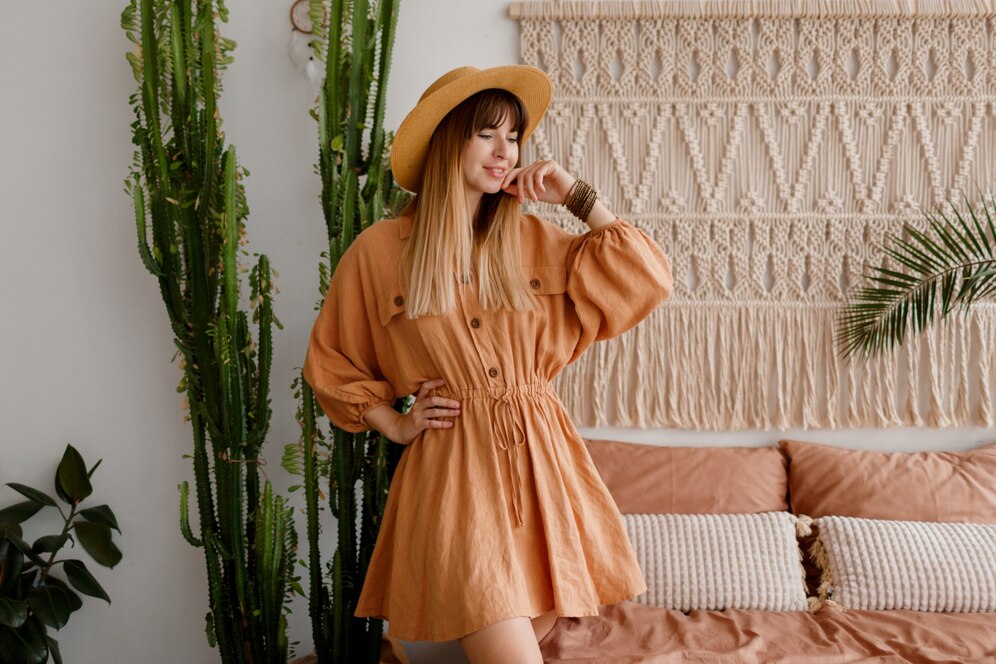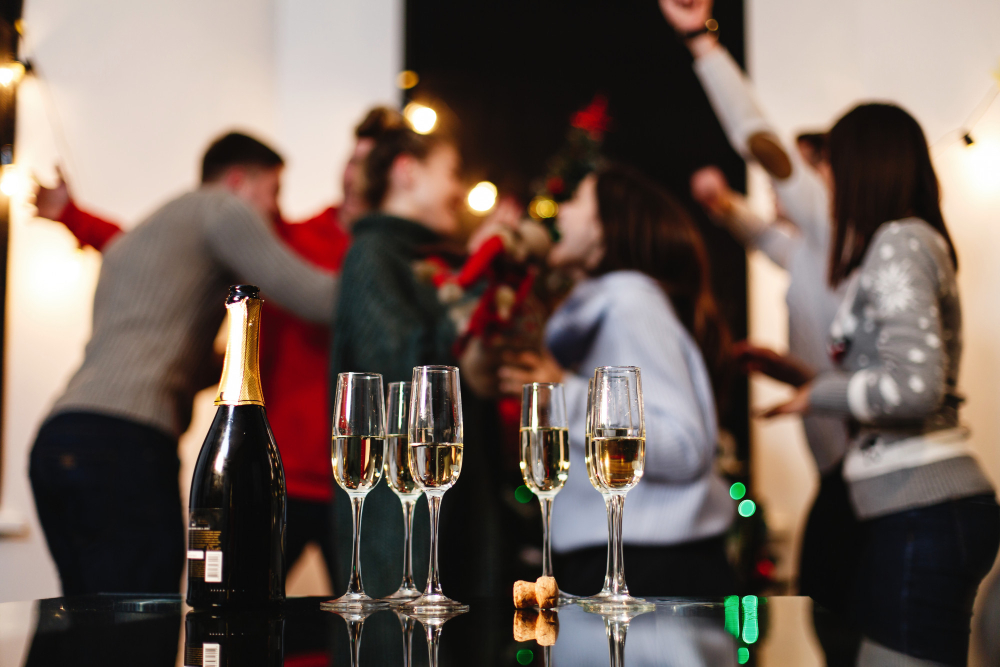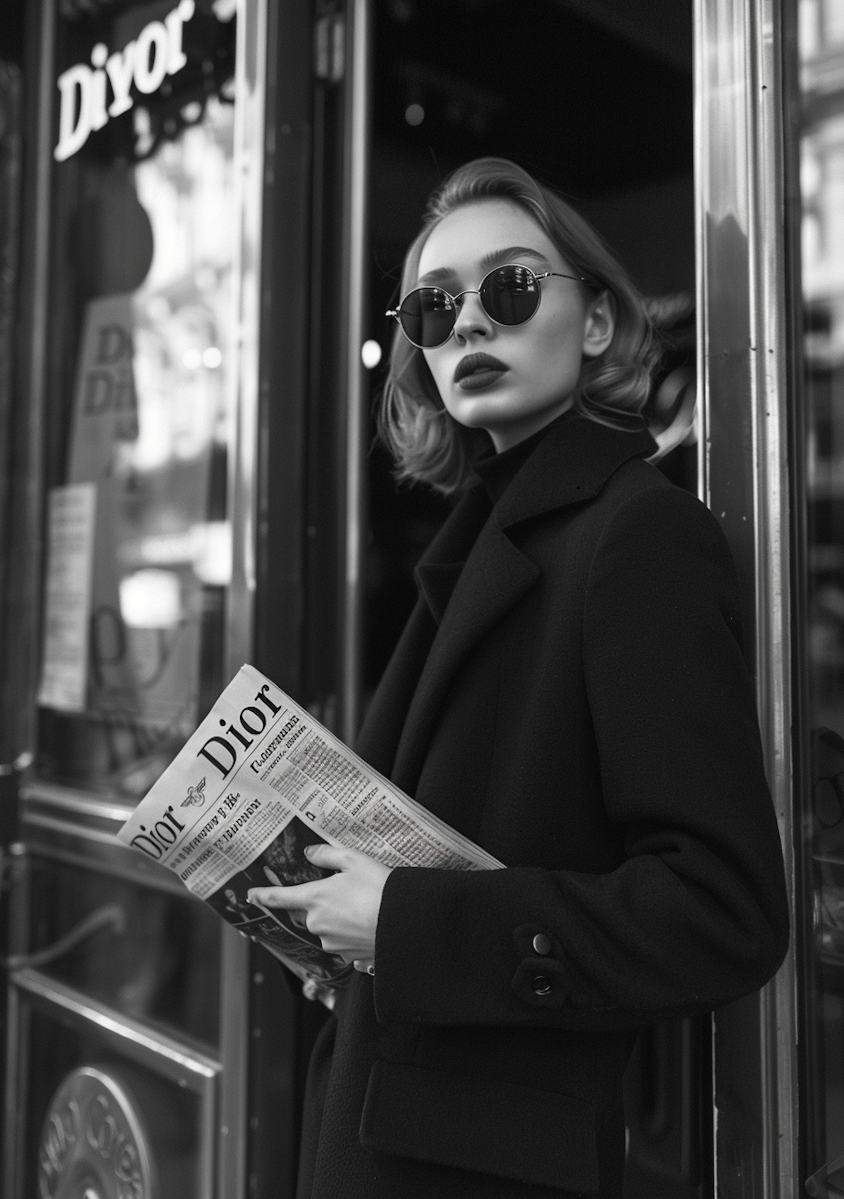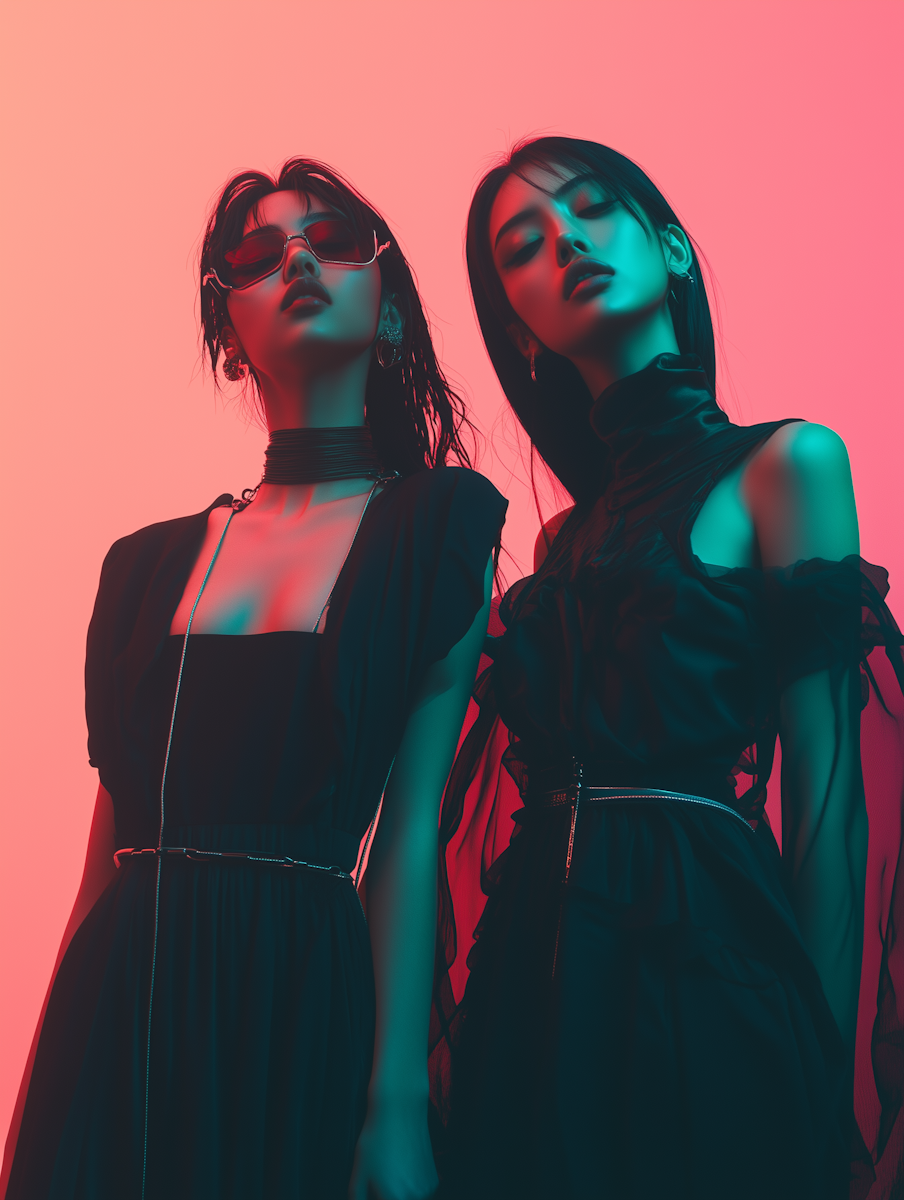Table of contents
Bohemian fashion has long captivated the hearts of free spirits, artists, and trendsetters across the globe. With its eclectic mix of vintage charm, artistic expression, and cultural diversity, Bohemian Fashion remains a powerful symbol of non-conformity and individuality. In this detailed exploration, we delve into the origins of bohemian fashion, examine its evolution through various artistic and cultural movements, and explore how it continues to influence modern style.
The Origins of Bohemian Fashion
Roots in Artistic Rebellion
The term “bohemian” originally referred to unconventional artists, writers, and intellectuals who rejected the confines of traditional societal norms. In the mid-19th century, bohemians emerged in the vibrant neighborhoods of Paris and other European cities, where their creative spirit and disregard for conventional fashion began to shape a new aesthetic. This early Bohemian Fashion was characterized by mismatched patterns, vibrant colors, and an overall disregard for the restrictive fashion trends of the era.
The Gypsy Influence and Folk Elements
A key component of Bohemian Fashion is its embrace of diverse cultural influences. Romani (Gypsy) traditions and folk elements from various regions played a significant role in shaping the boho look. Flowing skirts, layered garments, embroidered details, and rich textiles became staples that celebrated cultural diversity and craftmanship. These elements not only added a touch of exoticism but also symbolized the freedom that comes with rejecting mainstream trends.
The Evolution of Bohemian Fashion Through the Decades
The 1960s and the Hippie Movement
The 1960s witnessed a dramatic revival of bohemian style, largely driven by the countercultural hippie movement. As the spirit of rebellion surged, young people embraced Bohemian Fashion as a way to express peace, love, and freedom. Vintage thrift store finds, hand-made accessories, and a love for natural fabrics became symbols of the era. This period set the stage for bohemian style to gain renewed popularity and merge with contemporary fashion trends.
1970s-1980s: From Underground to Mainstream
Following the rebellious spirit of the 1960s, the 1970s and 1980s saw Bohemian Fashion gradually transition from underground subculture to mainstream appeal. Designers began drawing inspiration from boho aesthetics, incorporating flowing silhouettes, ethnic prints, and artisanal craftsmanship into their collections. This fusion of bohemian elements with modern tailoring resulted in creative, wearable designs that appealed to a broader audience.
Modern Interpretations and Global Influence
Today, Bohemian Fashion is a global phenomenon. High street brands, luxury designers, and indie labels alike have embraced the boho aesthetic, blending its traditional roots with modern sensibilities. Whether it’s the resurgence of fringe details, the popularity of layered maxi dresses, or the use of sustainable, organic fabrics, bohemian style continues to evolve while honoring its artistic origins. Social media and fashion influencers have also played a pivotal role in popularizing boho trends, making them accessible to a younger, trend-conscious audience.
The Cultural Impact of Bohemian Fashion
Self-Expression and Individuality
At its core, Bohemian Fashion is about celebrating individuality. It encourages wearers to mix and match styles, embrace unconventional color combinations, and create their own unique look. This emphasis on self-expression has made bohemian style a perennial favorite among those who value freedom and creativity over conformity.
Sustainability and Ethical Fashion
In recent years, sustainability has become a defining characteristic of modern boho fashion. As consumers become more aware of the environmental impact of fast fashion, many brands are turning to eco-friendly materials, ethical manufacturing practices, and timeless designs. Bohemian Fashion inherently lends itself to sustainability because of its emphasis on vintage pieces, upcycling, and a long-lasting aesthetic that eschews the disposable trends of mainstream fashion.
Boho in Popular Culture
From music festivals to film and television, bohemian style has made a lasting imprint on popular culture. Celebrities, musicians, and artists continue to inspire global trends with their boho-inspired looks. This influence is evident in the popularity of festival fashion, where loose, comfortable clothing meets edgy accessories, showcasing Bohemian Fashion in its purest, most expressive form.
How to Incorporate Bohemian Fashion into Your Wardrobe
Mix and Match Textures and Patterns
One of the most exciting aspects of Bohemian Fashion is the freedom to combine various textures and patterns. Don’t be afraid to pair vintage lace with contemporary silhouettes or mix florals with geometric prints. Experimentation is key to achieving an authentic boho look that is entirely your own.
Embrace Layering
Layering is a fundamental principle of bohemian style. Whether it’s adding a lightweight kimono over a simple dress or pairing multiple scarves together, layering adds depth and interest to your outfit. This approach not only enhances visual appeal but also offers versatility, allowing you to adapt your look to different weather conditions and settings.
Accessorize Creatively
Accessories can transform an outfit, and Fashion places a high value on them. Statement jewelry, wide-brimmed hats, and a mix of vintage and contemporary pieces can all contribute to a distinct boho vibe. Look for handcrafted items that tell a story and add an artisanal touch to your ensemble.
Prioritize Comfort and Authenticity
Above all, Bohemian Fashion is about being comfortable in your own skin. Choose pieces that resonate with your personal style and make you feel free and unburdened. The authenticity of the boho look lies in its ability to adapt to your unique lifestyle rather than conforming to rigid standards.
FAQs About Bohemian Fashion

A: Bohemian Fashion refers to a style that is eclectic, free-spirited, and influenced by various cultural and artistic traditions. It emphasizes individuality, comfort, and a blend of vintage and modern elements.
A: The origins of Bohemian Fashion can be traced back to 19th-century artists and intellectuals in Paris, as well as influences from Romani and folk traditions. It was later popularized by the hippie movement in the 1960s.
A: Bohemian Fashion has greatly influenced modern style by promoting self-expression, mixing of patterns and textures, sustainable fashion practices, and a relaxed, artistic approach to dressing.
A: Today, Bohemian is widely available in both high street brands and independent boutiques. It’s also popular at music festivals and through online platforms where vintage and artisanal pieces are celebrated.
Conclusion
The journey of Fashion from its artistic roots to its contemporary influence reflects a timeless desire for individuality and creative expression. By embracing the eclectic mix of patterns, textures, and cultural influences, boho style continues to inspire those who dare to be different. Whether you’re looking to revamp your wardrobe or simply add a touch of free-spirited charm to your look, exploring bohemian is a celebration of art, culture, and the beauty of diversity.





